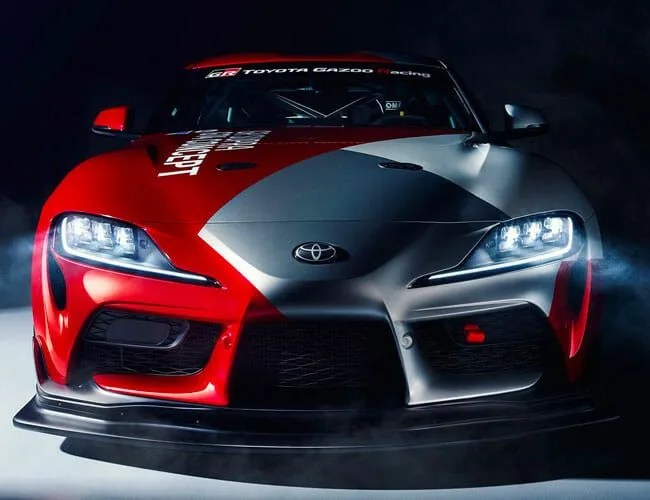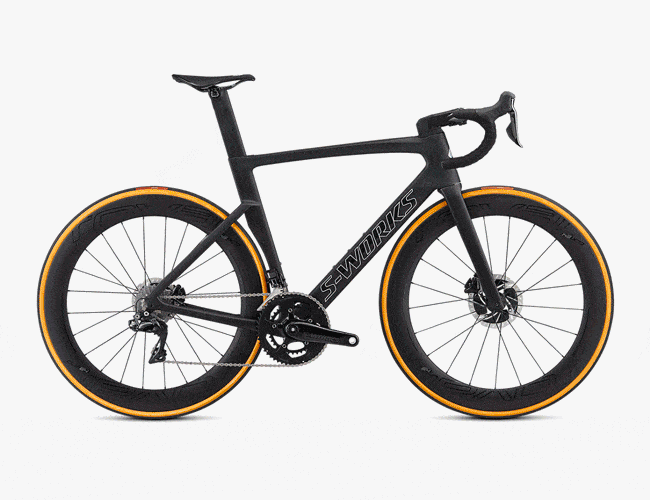4 photos
Last year at the Geneva Motor Show, Toyota and its racing team partner Gazoo Racing unveiled a Supra-based concept car geared toward Le Mans GTE regulations. While it was a handsome and capable asphalt-attacker, the folks at the Cologne-based Gazoo always felt that the GT4 classification was a realistic and approachable future for the Supra. So, when Toyota delivered scores of Supras to Gazoo, the engineers got to work making that GT4 vision become a reality.
Unveiled at this year’s Geneva Motor Show, the Supra GT4 is just a concept, but “we’re confident that it will move forward and see production,” says Alistair Moffitt, a marketing manager for Gazoo and Toyota Motorsports. “We’re hopeful you’ll see plenty of these GT4s on tracks in Europe, Asia, and the Americas.”
Gazoo received a development mule early on, well before the rear-wheel-drive coupe made a public appearance. The first step was putting it on a severe diet. Moffitt smiles, noting the final weight loss was somewhere around 200 kilograms. “It’ll get even slimmer when it makes it to production, too.”
The vehicle’s powertrain is still in the concept stage, but the next step is deciding if the factory gearbox will be kept or yanked out in favor of a motorsport-spec eight-speed transmission. The current 3.0-liter straight-six with a turbocharger will stay, though Moffitt says it’s too early to speculate about the final power output. It’ll have a race-spec limited-slip diff, also.
The most significant change will be the full wiring harness swap. “Once you start to modify the wiring in the original car, you the don’t have a full picture of what the effects are going to be,” says Moffitt. “We’ve learned through the development of the GT86 that it’s a real pain to modify a road-going wiring system. We annoy the road car engineers more than we should, asking what happens if we do this or that. So we’ll just swap everything out. We’ll unlock a lot of additional performance that way.”
For the concept, Gazoo fabricated a new front splitter, a giant rear wing, and side skirts, all made from natural fibers like hemp and flack. “By regulation, those are the materials you must use, but it doesn’t look amazing in its natural state, so we paint it black,” Moffitt says. Other tweaks include a polycarbonate windows, rimmed by carbon fiber, and a full roll cage.





